- details Figma’s migration from WebGL to WebGPU
- presents challenges in modernizing the graphics interface, including shader processing, uniform buffer management, and cross-platform deployment
- discusses the rollout strategy with dynamic fallback systems and device compatibility testing
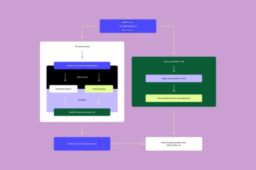
- step-by-step tutorial series on implementing Vulkan ray tracing with KHR extensions
- guides readers through acceleration structures, ray generation, and shader binding with practical code examples
- highlights recent improvements: Vulkan 1.4 support, VMA integration, Slang shader compilation, glTF 2.0 asset loading, and a cleaner codebase
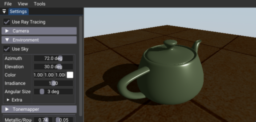
- announces new DirectX Agility SDK release featuring the advanced shader delivery system
- presents the various steps of the process
- talks about pipeline data collection, offline compilers, as well as new APIs
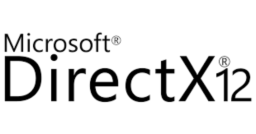
- PIX tool update with support for tracking driver & application combination specific state
- supports recreation of resource at specific virtual addresses for improved playback
- additionally contains various other fixes

- introduces animation capabilities for AMD’s Dense Geometry Format (DGF) with linear vertex blending techniques
- demonstrates the animation pipeline that overwrites vertex positions within DGF blocks each frame
- shows quantization approaches and the effects on performance

- research paper introduces high-level GPU programming abstractions in Rust using procedural macros for automatic code generation
- presents linear pipeline parallel patterns for simplified GPU execution
- benchmarks against manual OpenCL implementations
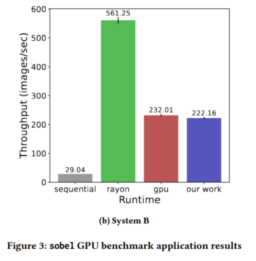
- clarifies common misconceptions about rejection sampling techniques in statistical computing and graphics
- explains the mathematical foundations and implementation considerations
- showing how to combine multiple sample distributions to improve sample efficiency
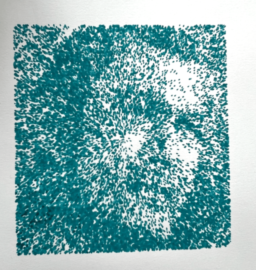
- The blog post discusses performance issues related to Anisotropic samples found on Indiana Jones and the Great Circle, as well as DOOM
- presents an algorithm that can be used to vary AnisotropicSampleCount in a dynamic resolution scenario
- additionally brings up the option of using the same technique for values where infrequent change, particularly with a moving camera, may go unnoticed

- announces the schedule for the Graphics Programming Conference in Breda, Netherlands, later this year
- covers a large variety of topics

- video tutorial focusing on GPU shader optimization techniques
- covers common shader bottlenecks, how to identify performance issues, and possible solutions
- presents optimization scenarios in both Unreal and Unity
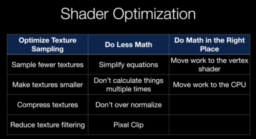
- comprehensive tutorial implementing physically based rendering (PBR) in OpenGL using the GLTF 2.0 format
- covers material property handling, including albedo, metallic, roughness, and normal mapping
- demonstrates proper lighting calculations and implementation of the PBR shading model
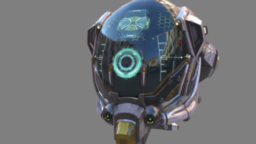
- starts by providing an overview of the current landscape of upscaling techniques and associated performance and quality effects
- explores CRT display emulation techniques, focusing on spatial scaling algorithms
- demonstrates methods for accurately reproducing retro gaming visuals on modern high-resolution displays
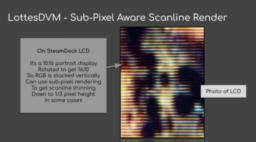
Thanks to Stephen Hill for support of this series.
Would you like to see your name here too? Become a Patreon of this series.